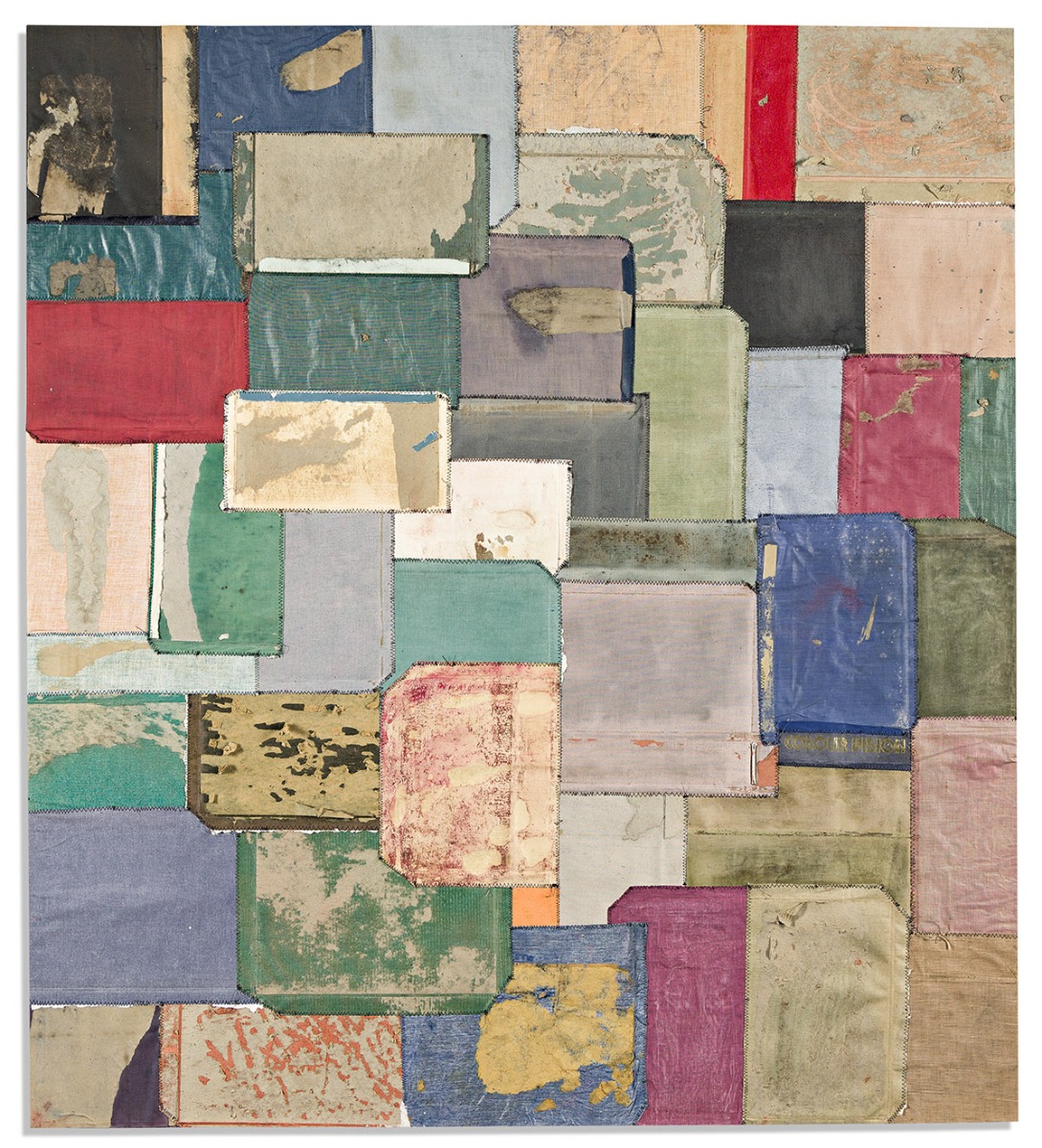
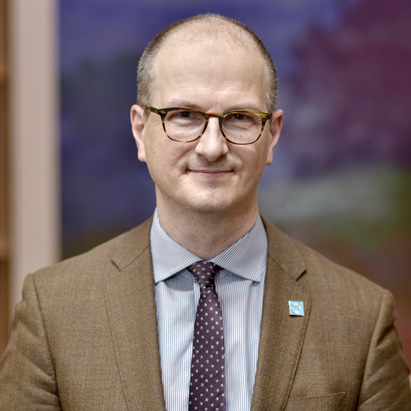
Exhibition Hours
Oct 14, 12–5; Oct 16, 12–5; Oct 17, 12–5; Oct 18, 12–5
Sale 2649 - Lot 141
Additional Images
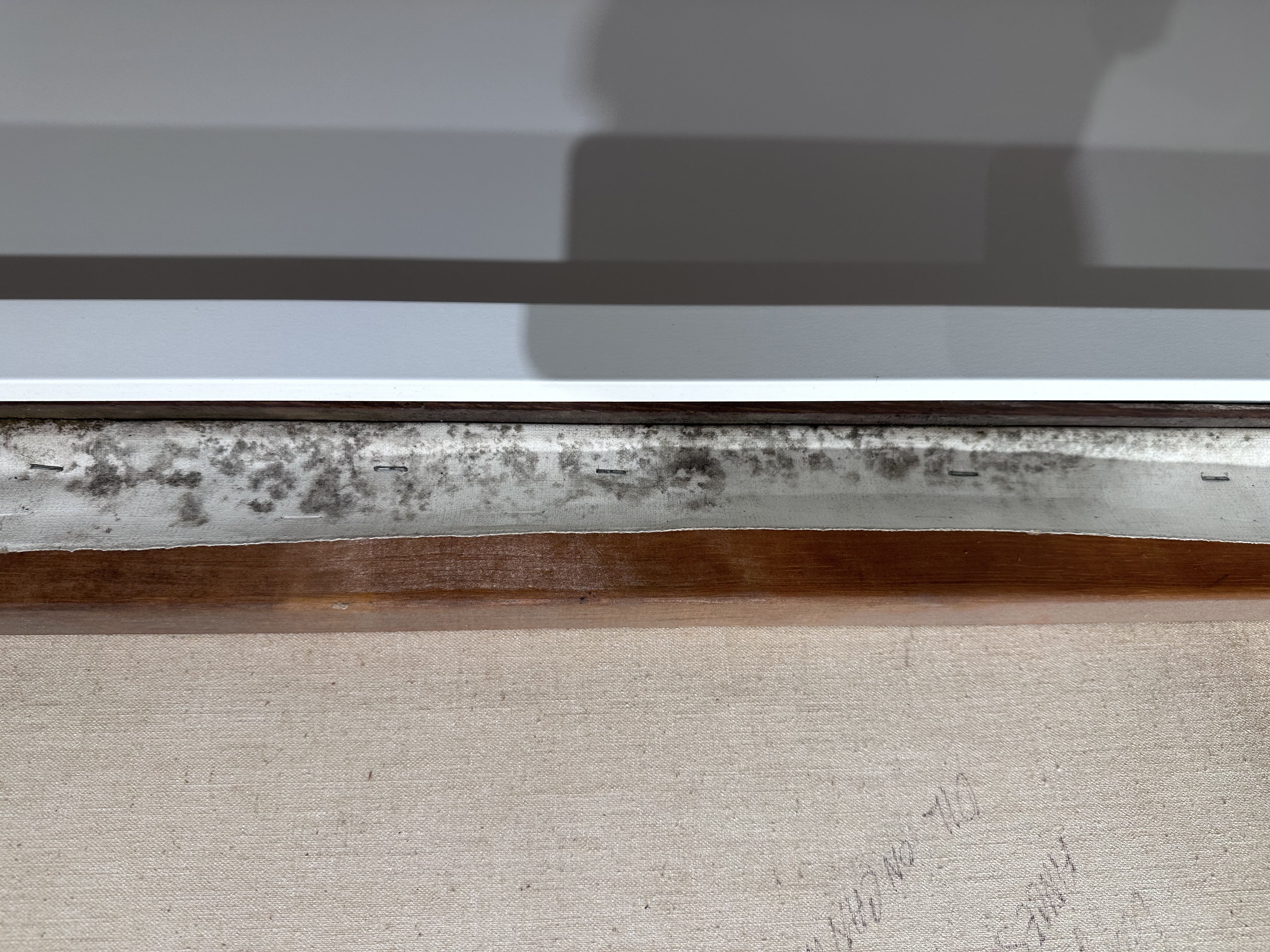
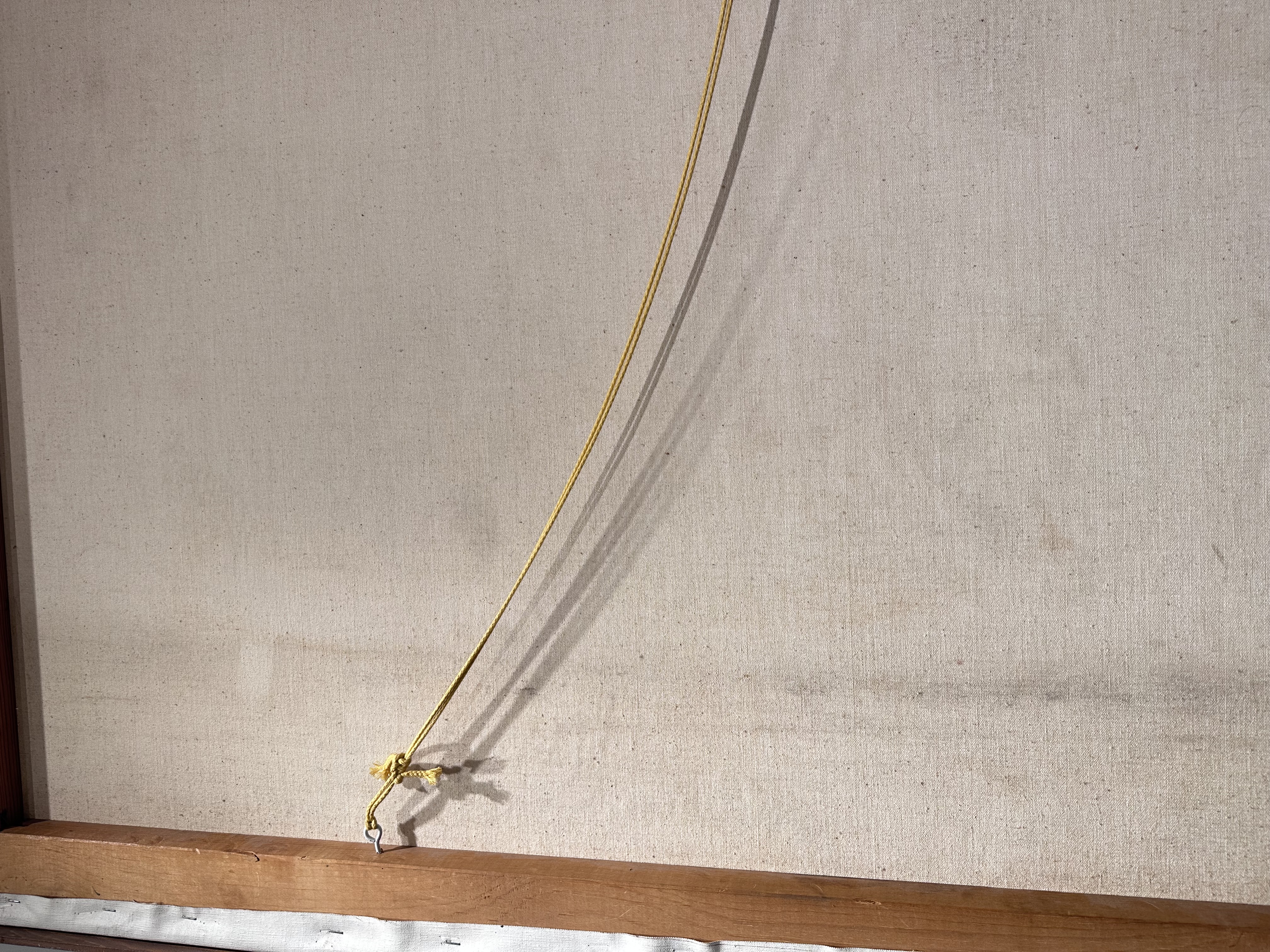
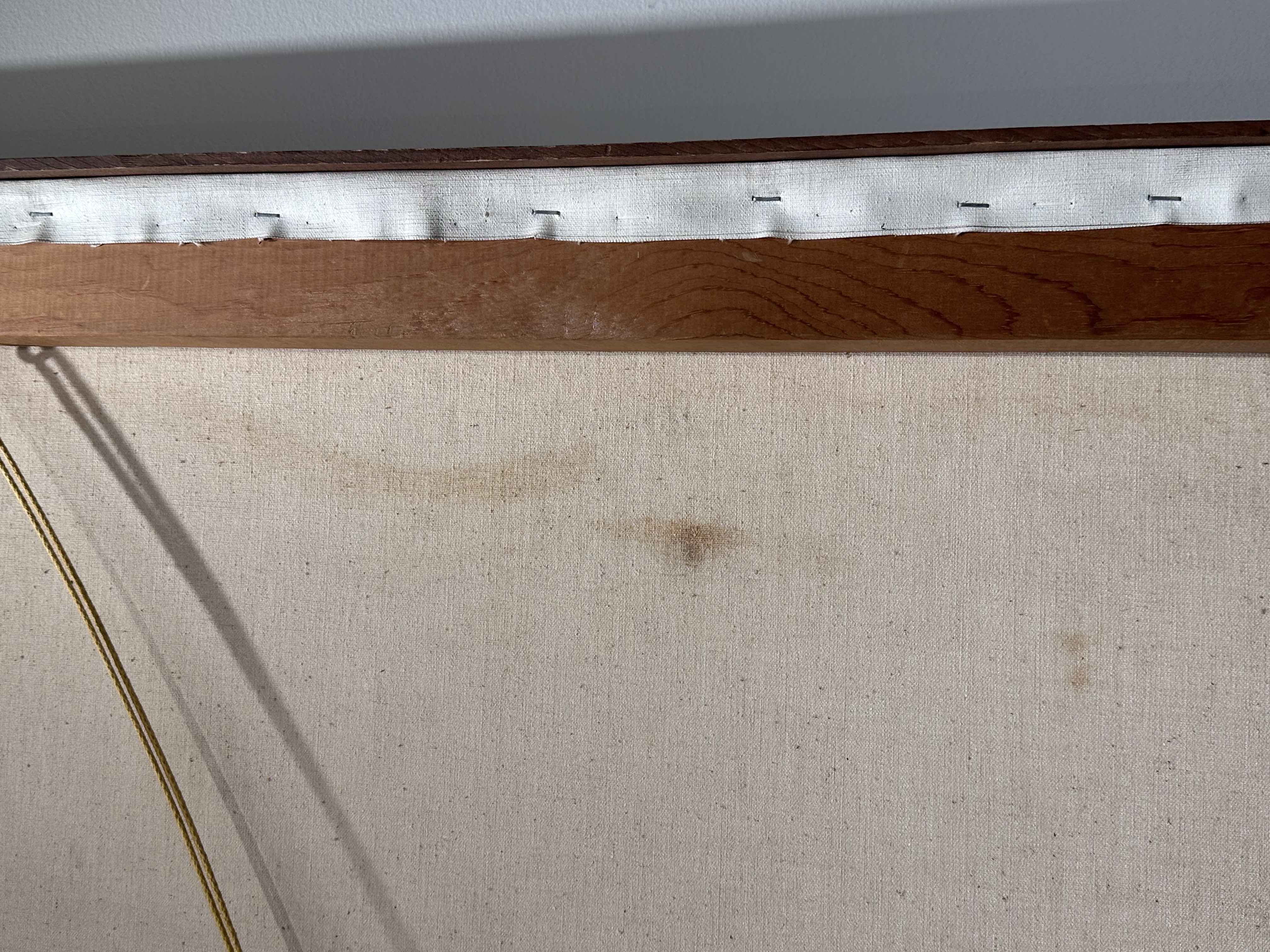
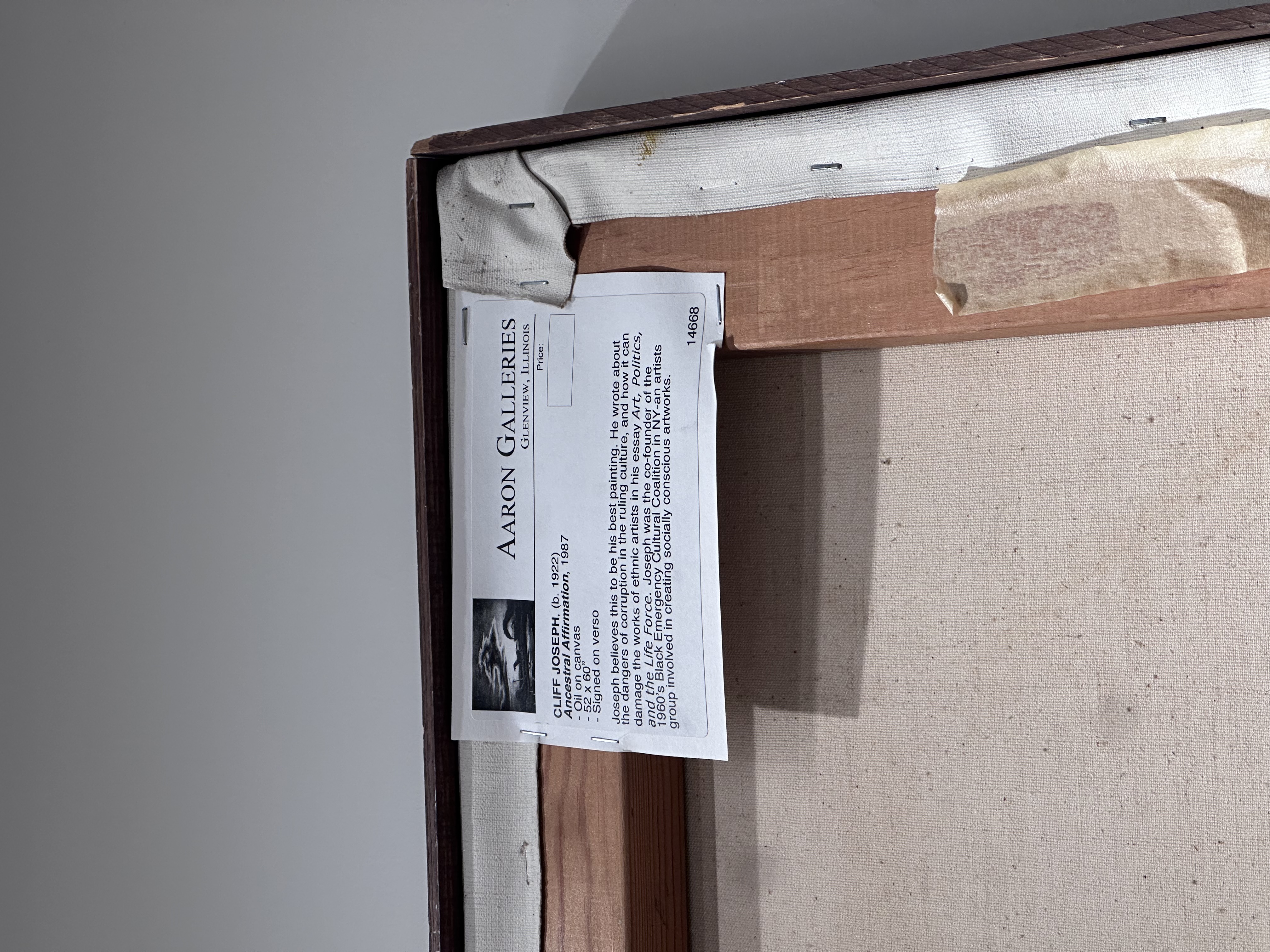
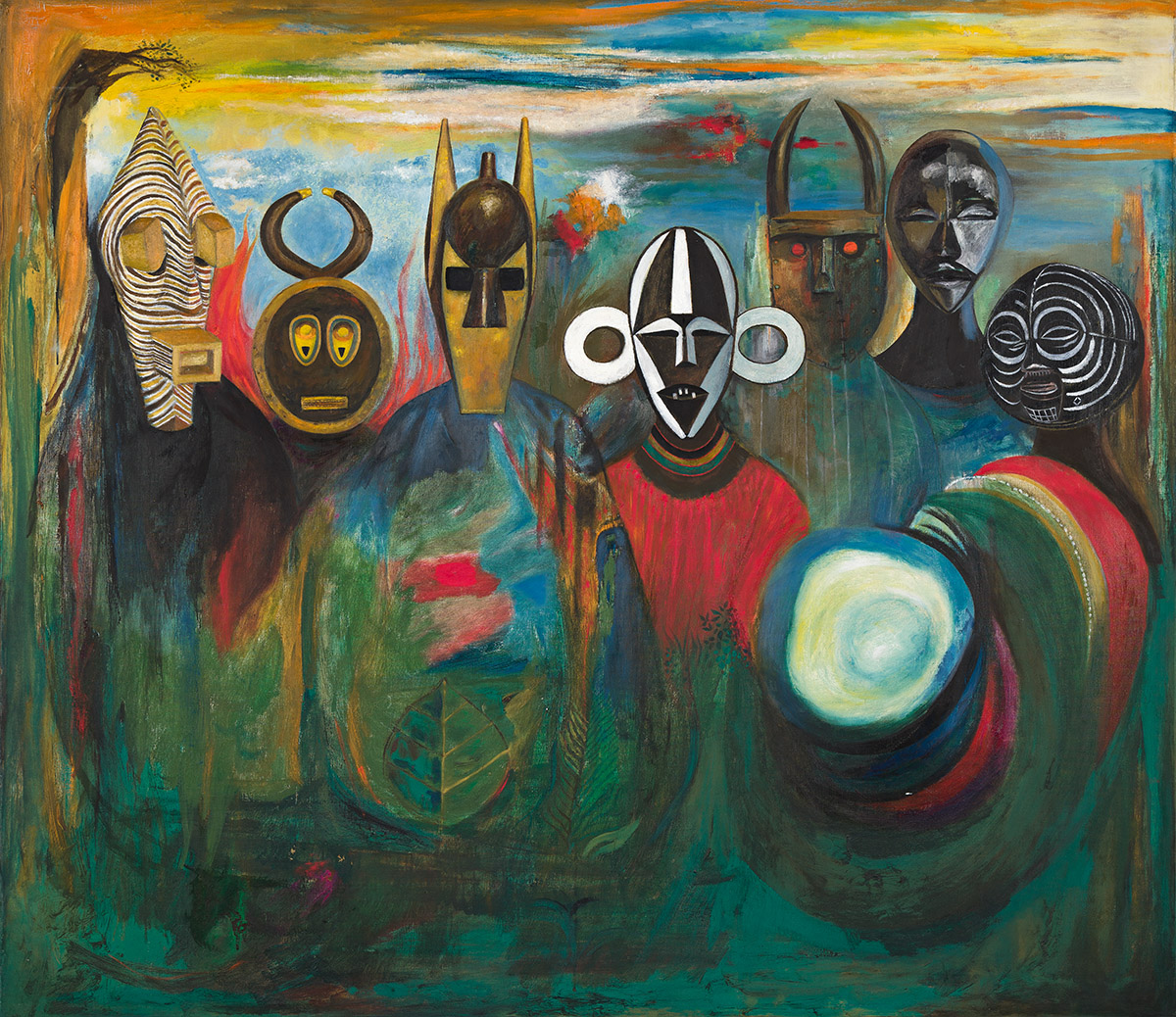
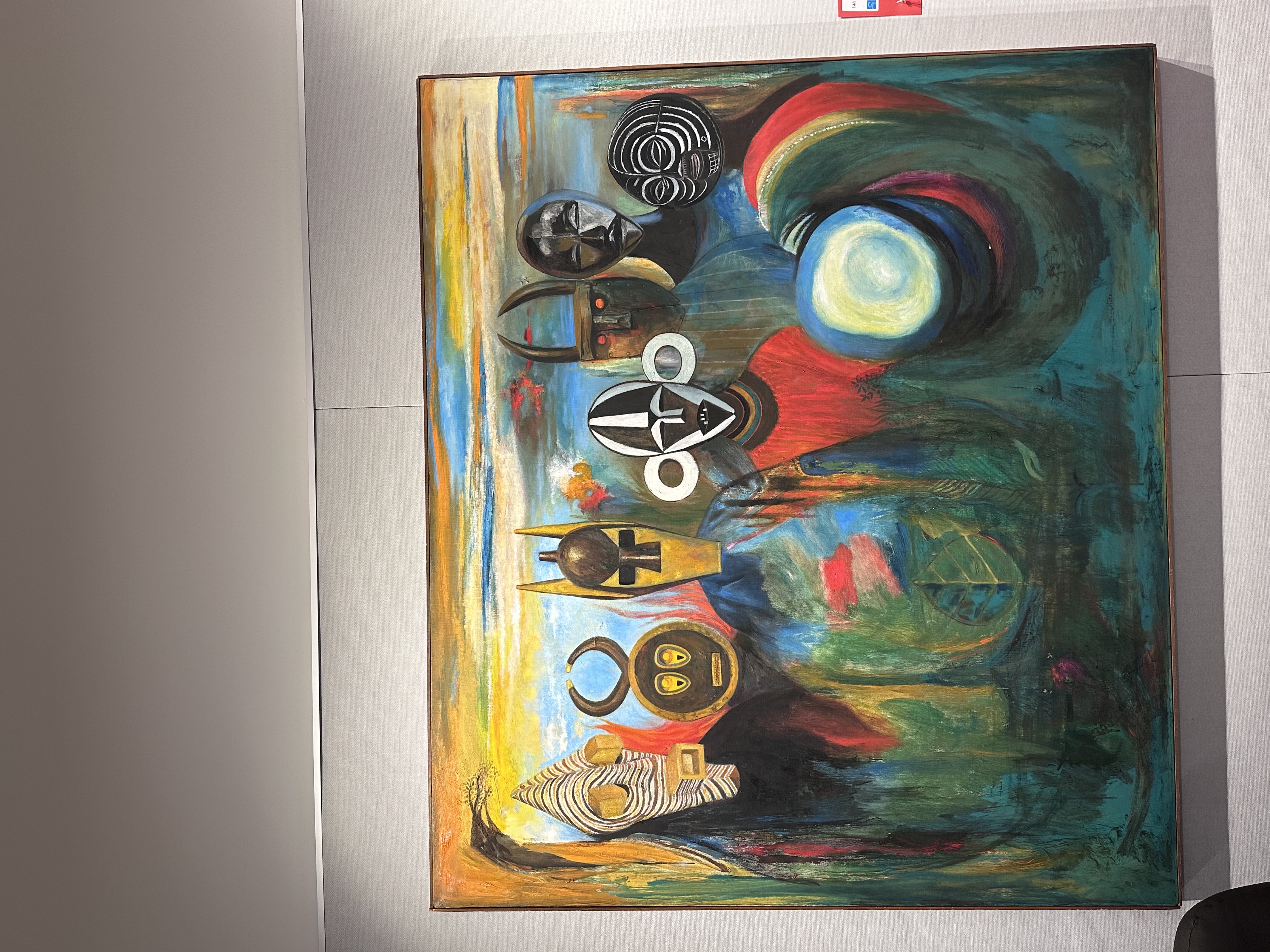
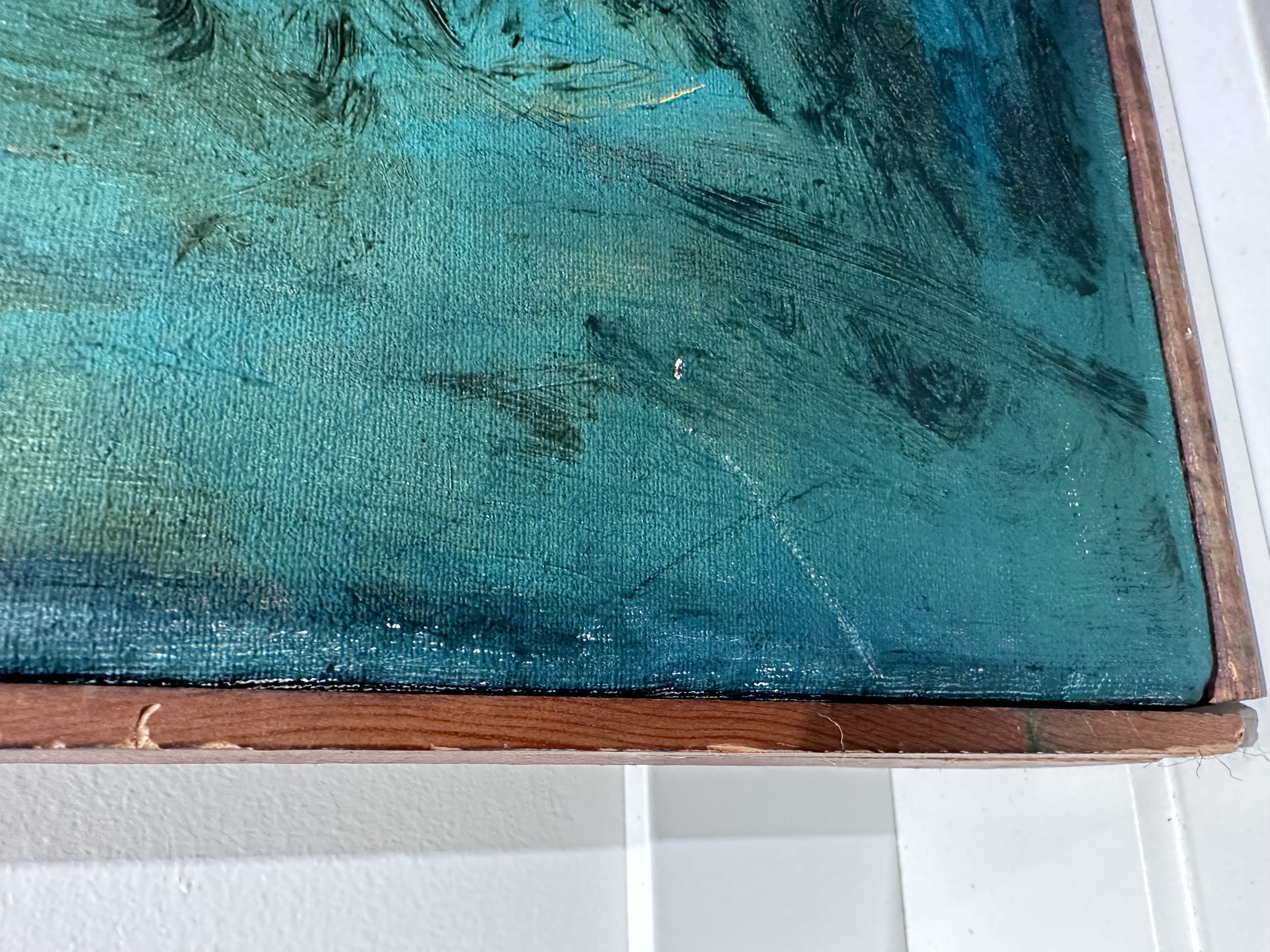
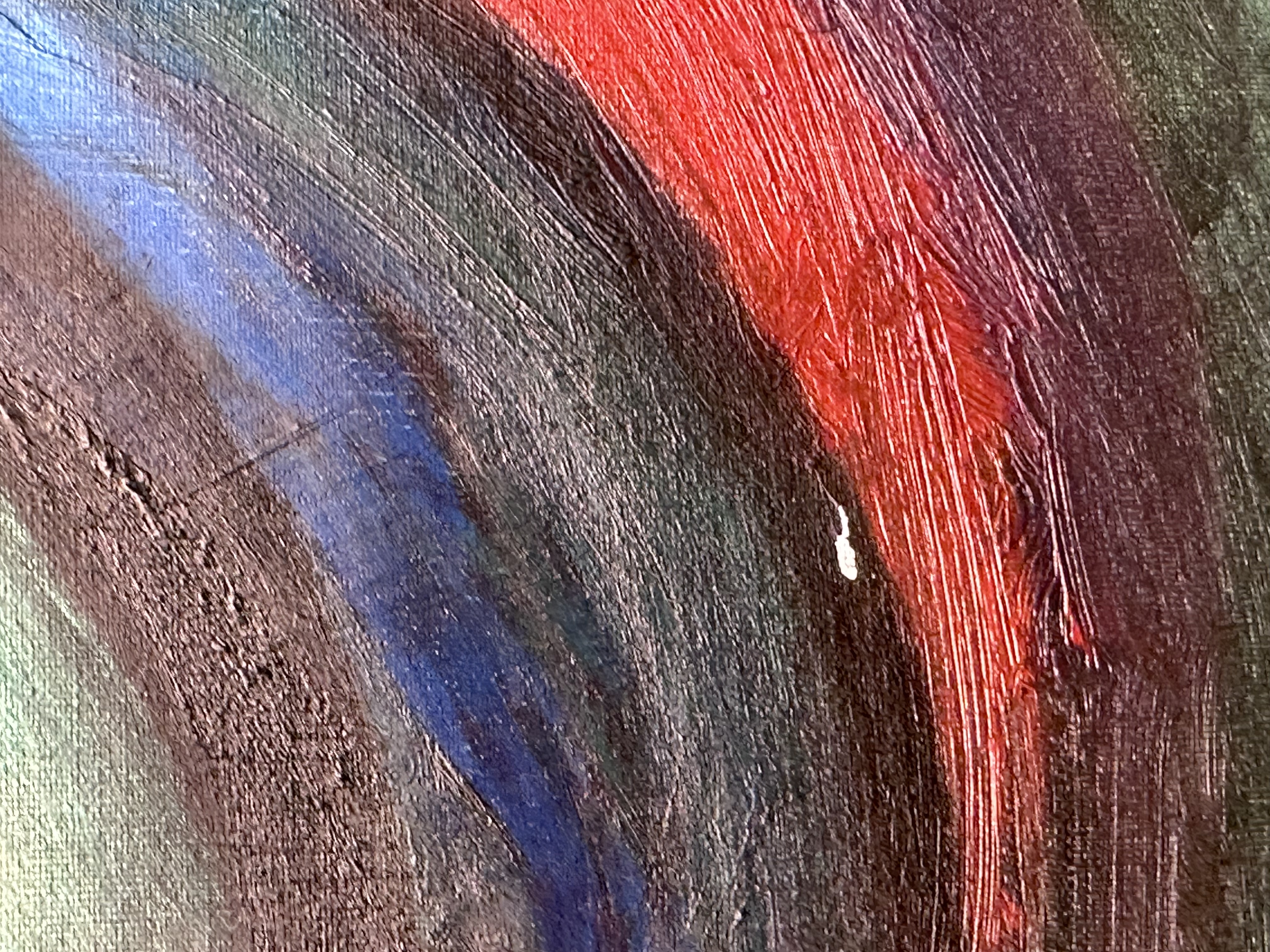
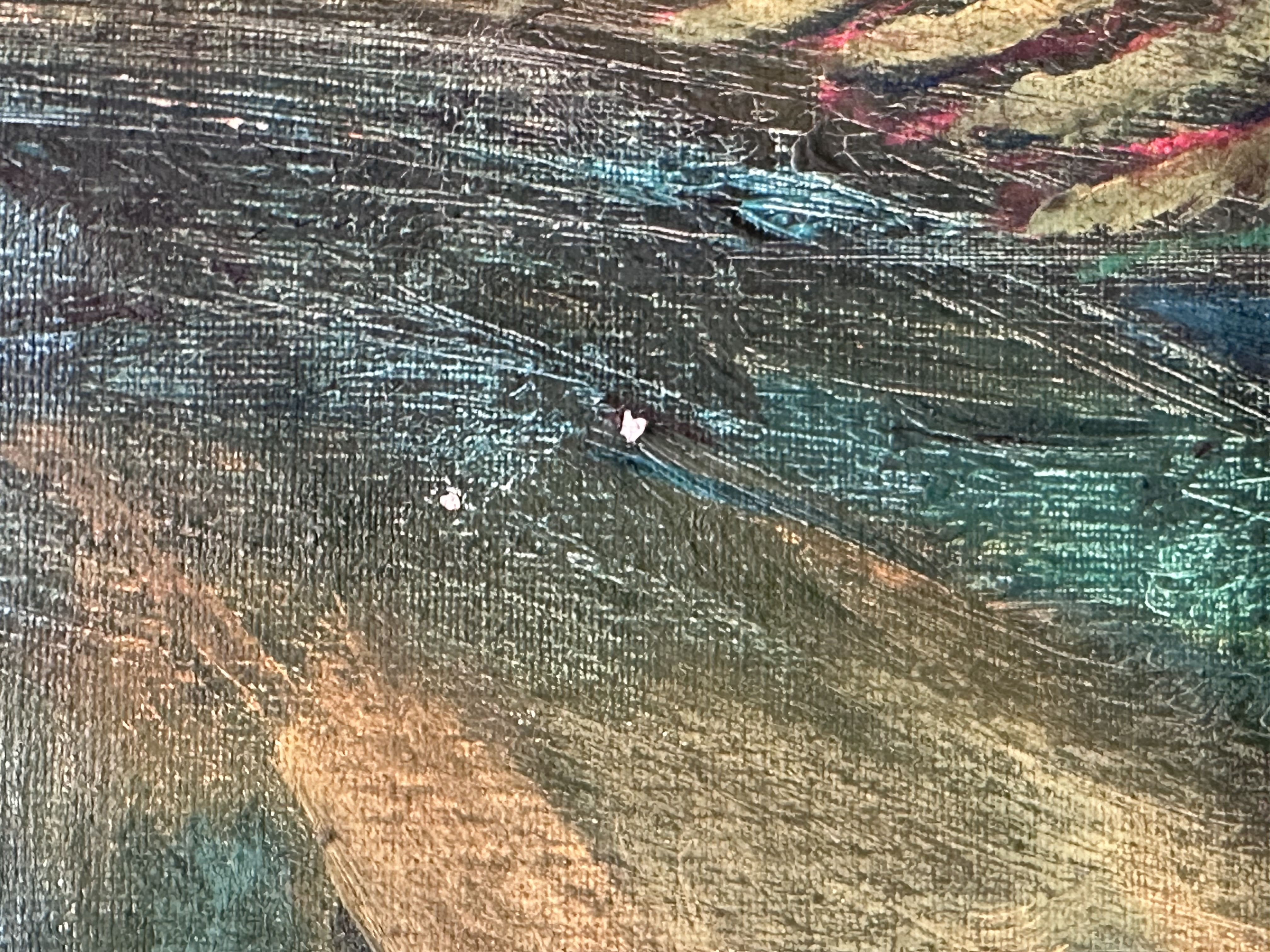
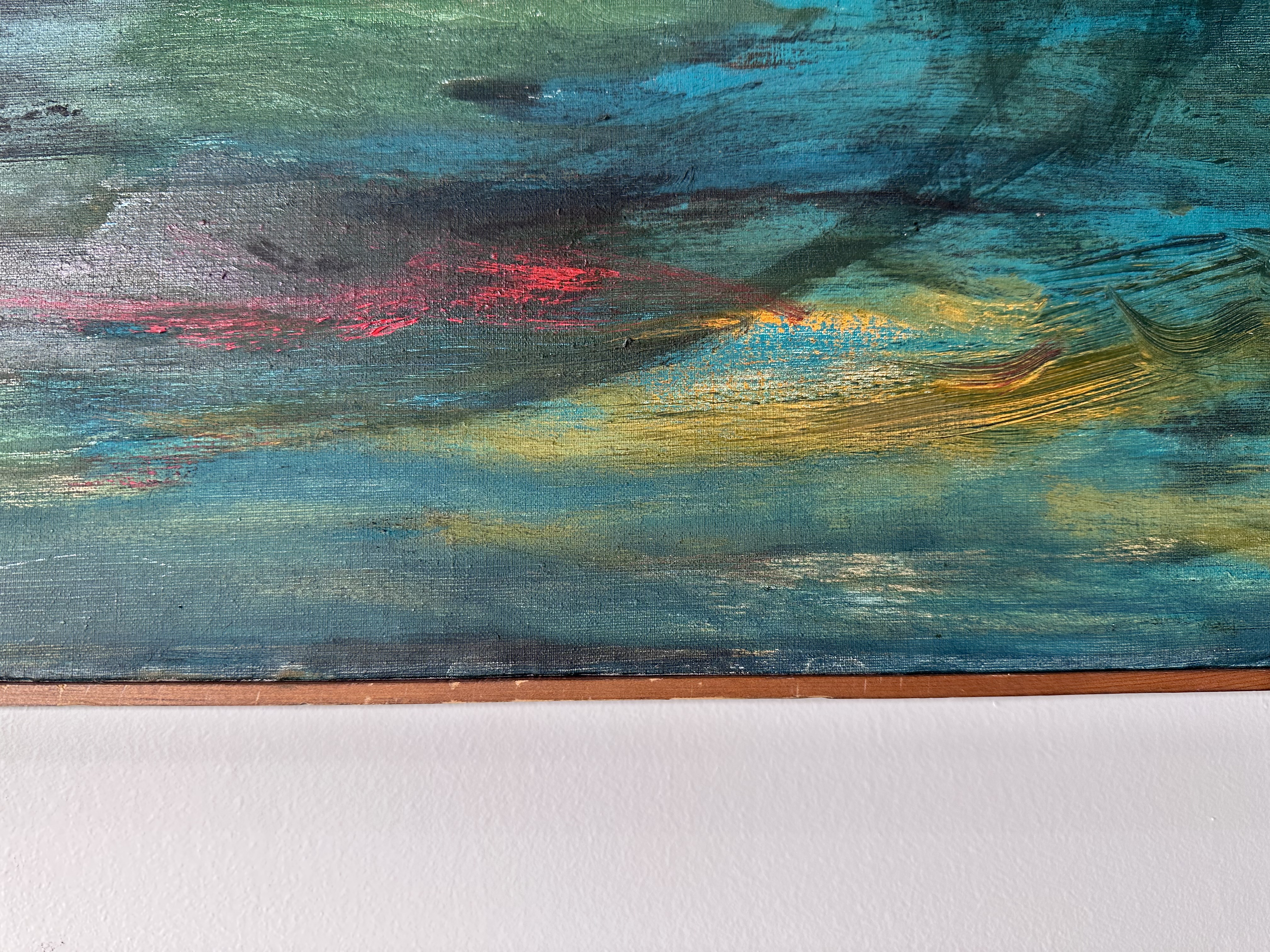
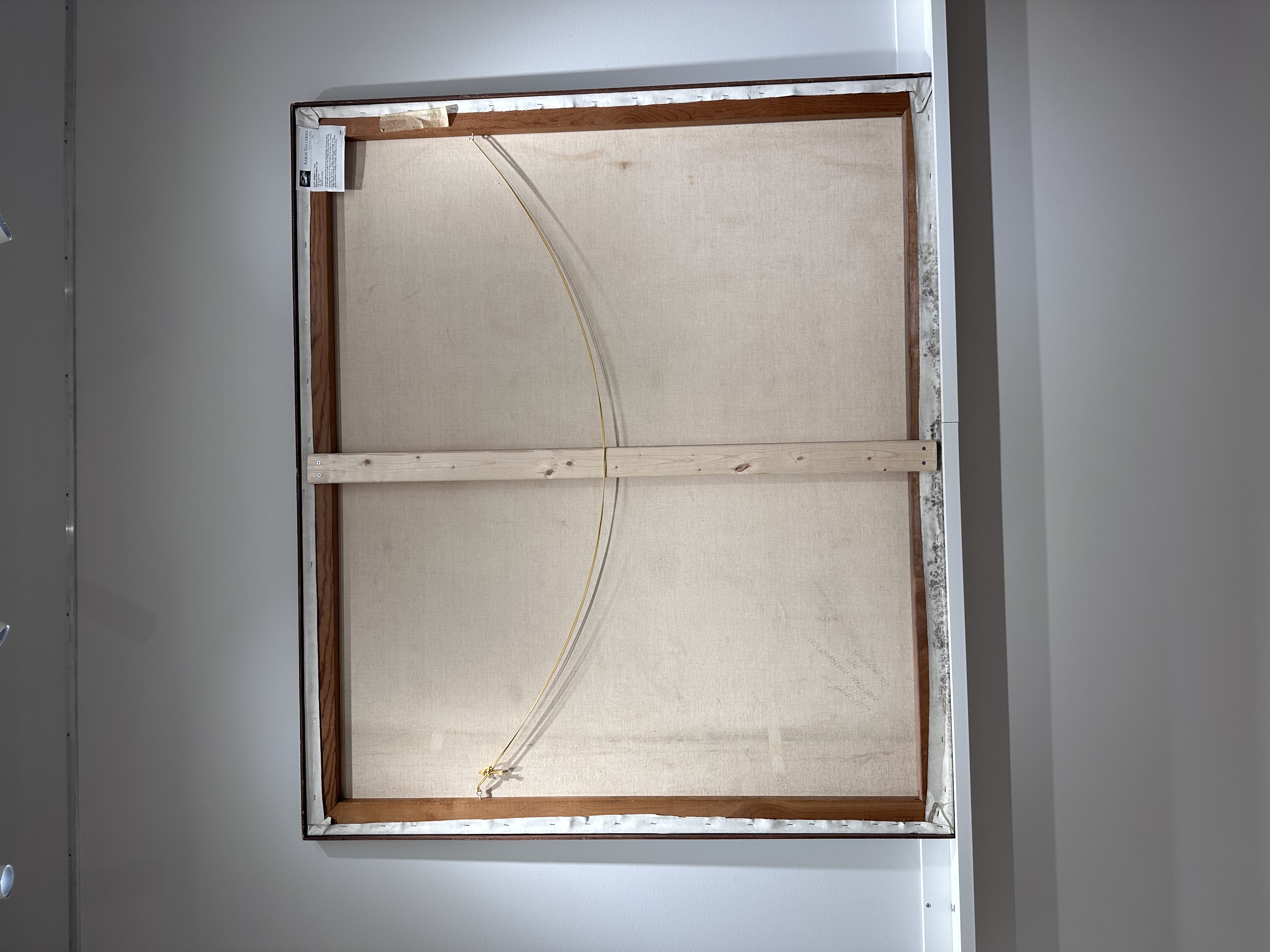
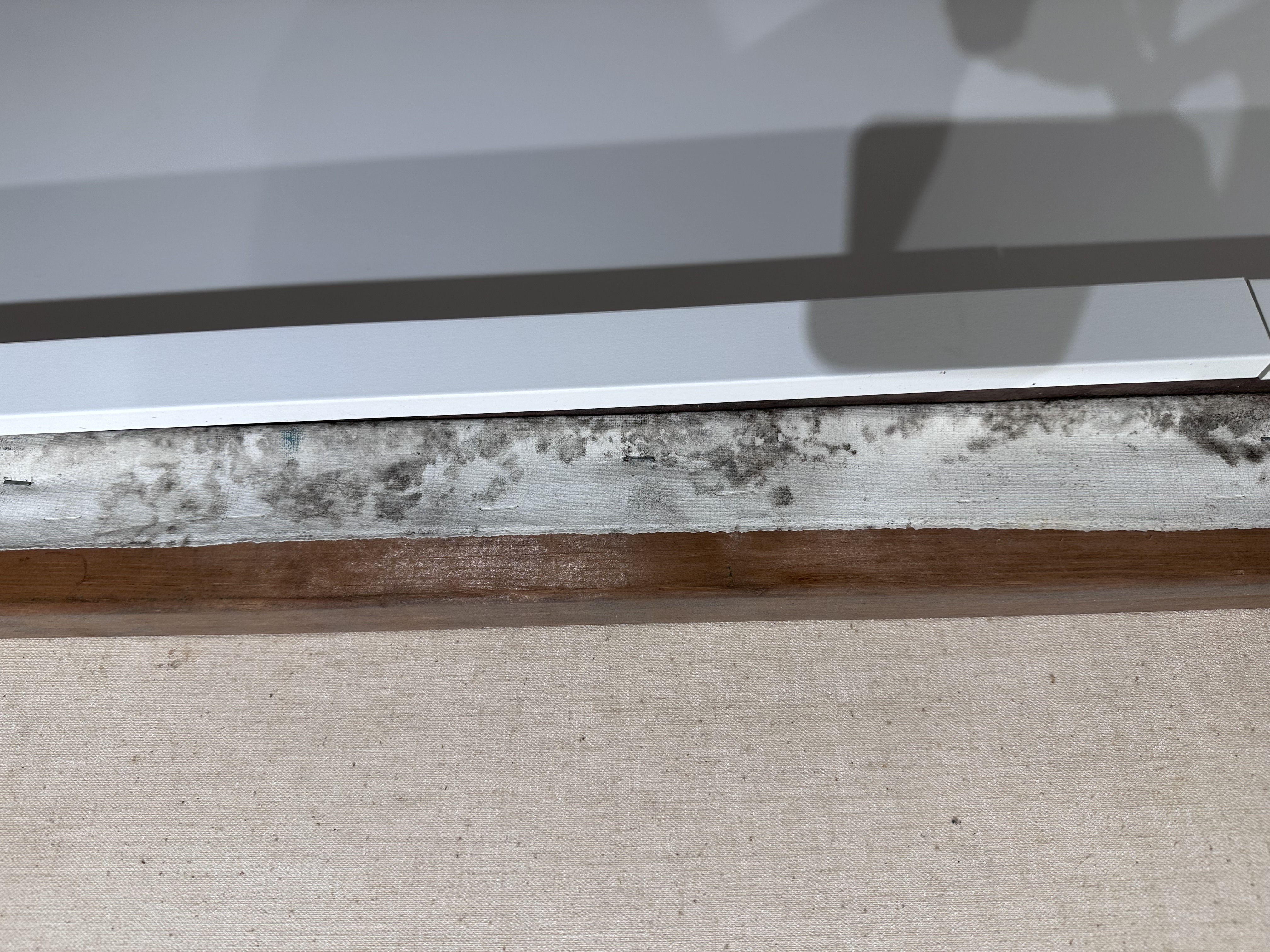
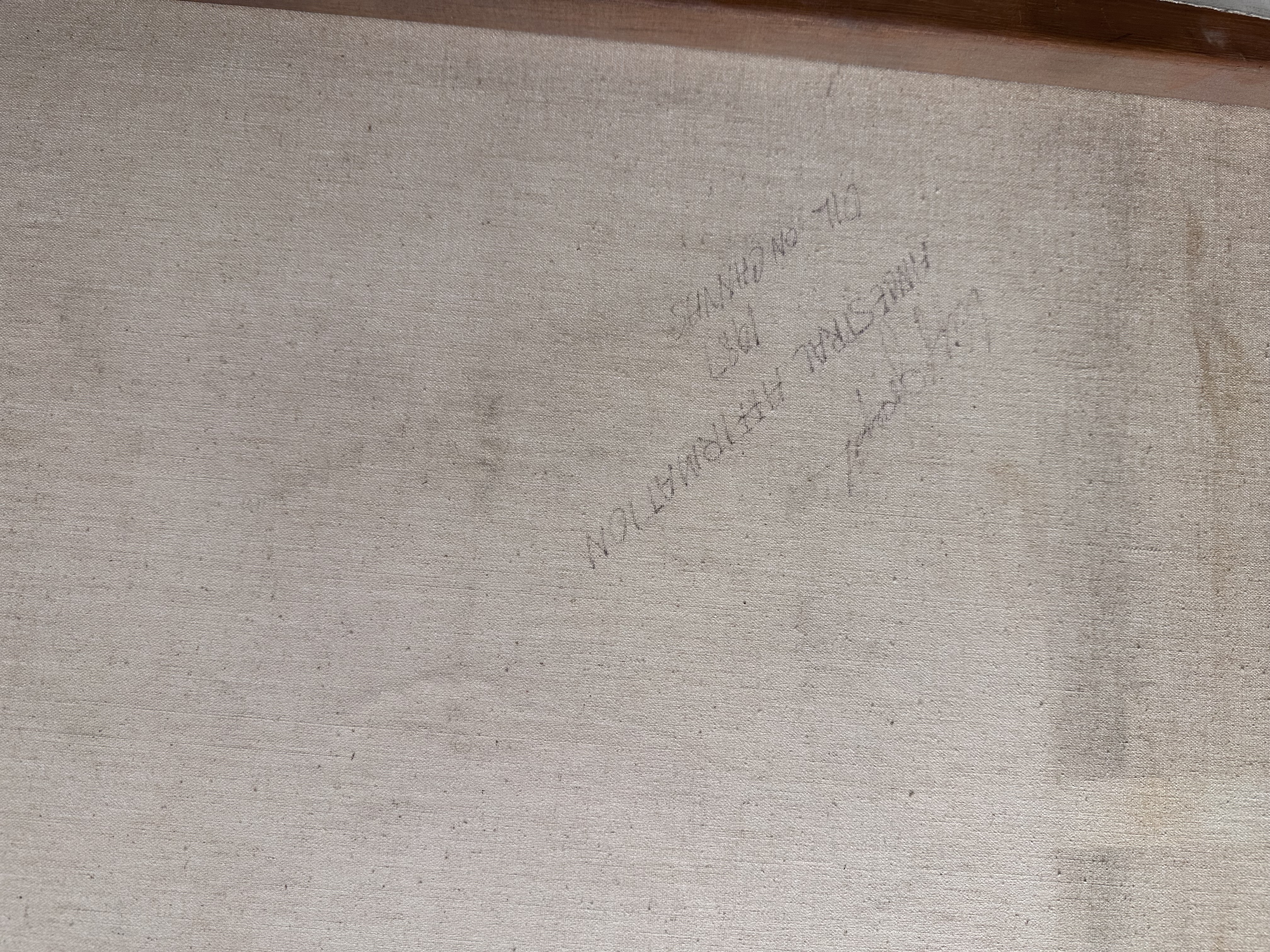























CLIFF JOSEPH (1922 - 2020)
Ancestral Affirmation.
Oil on linen canvas, 1987. 1321x1524 mm; 52x60 inches. Signed, titled, dated and inscribed "oil on canvas" in ink, verso.
Provenance: the estate of the artist; private collection.
Illustrated: Thom Pegg, Cliff Joseph: Artist and Activist, p. 82; Journal of Socialist Thought, vol 9., no. 1, Spring, 1989, p. 44.
Ancestral Affirmation is a significant, late career painting by artist, activist and art therapist Cliff Joseph. This painting explores African tribal art as both an inspiration for modern art and a representation of Black identity. In these masks, Joseph refers to the following African cultures and places for the masks depicted (left to right): Basonge, Congo; Baule, Ivory Coast; Bambara, Mali; Baboa, Congo; Toma, Guinea; Dan, Ivory Coast and Baluba, Congo. These references are drawn in a sketch by the artist in the artist's estate.
Born in 1922 in Panama City where his father was employed in the construction of the Panama Canal, Joseph's family emigrated to the United States the following year, settling in Harlem. Following military service in the Army artillery and WWII, he studied at the Pratt Institute in New York, receiving a degree in illustration in 1952.
Cliff Joseph best described his practice of painting: "the power of the art belongs to the people." By 1968, both his painting and activism were reaching new heights. That year, Joseph painted one of his best known works, My Country Right or Wrong, a powerful anti-war statement. In 1968, Joseph also co-founded the Black Emergency Cultural Coalition (BECC) with Benny Andrews, Henri Ghent, Reggie Gammon, Mahler Ryder and Edward Taylor. Faith Ringgold also became a member of BECC. Its founding was a direct response to the Metropolitan Museum of Art's controversial exhibition Harlem on My Mind which did not include any works by Black painters or sculptors. Its goal was to increase the representation of Black artists in New York galleries and museums. Joseph and the BECC went on to also protest the Whitney Museum of American Art exhibition Contemporary Black Artists in America, and organized the exhibition Rebuttal to Whitney Museum Exhibition at the Acts of Art Gallery in Manhattan.
Joseph was also one of the first African Americans to join the professional practice of art therapy, and the first African American to join the American Art Therapy Association. He practiced art therapy at Lincoln Hospital and was on staff at the Albert Einstein College of Medicine in New York.






